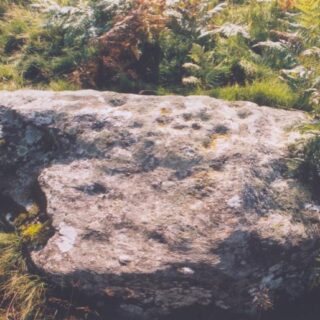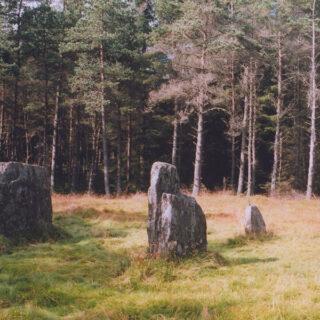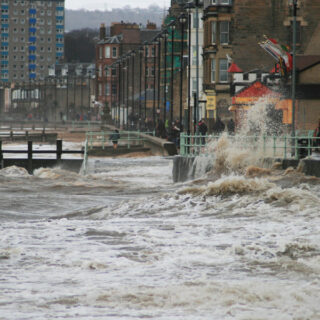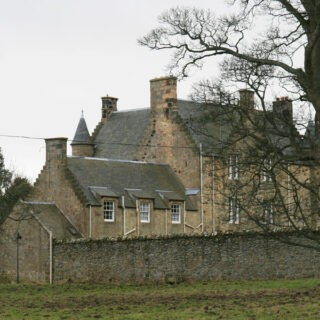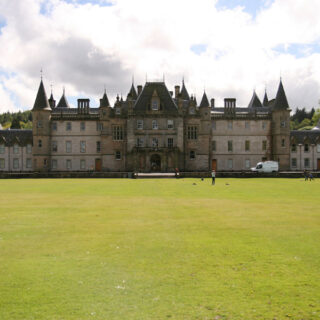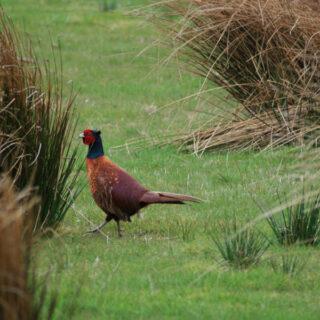After yesterday‘s bright blue skies, it was a bit grey and overcast today, although still quite warm, so we decided to head to the Royal Botanic Garden Edinburgh.
Entering by the East Gate on Inverleith Row, we made our way to the pond.
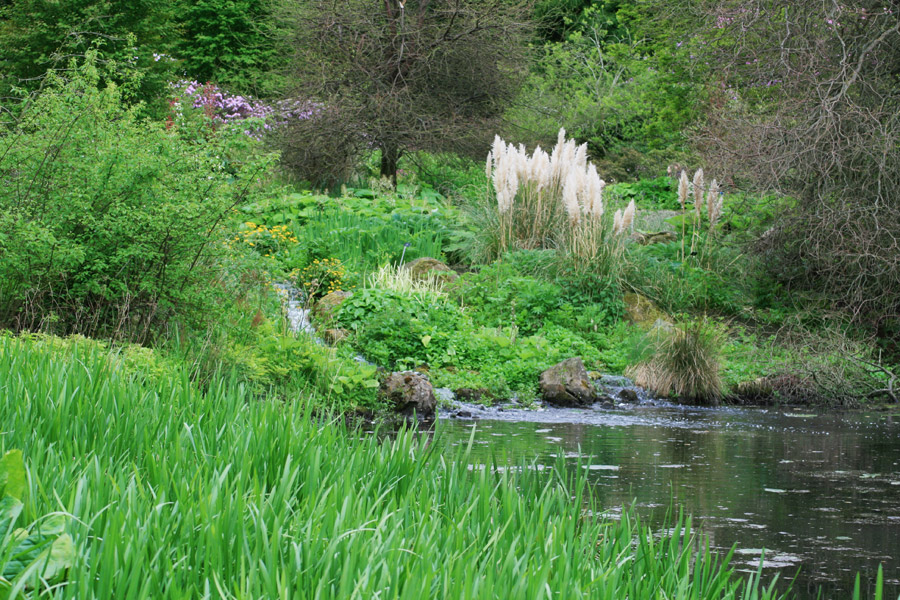
Close to the pond is a crop of Giant Rhubarb, toweringly impressive and dwarfing the surrounding plants.
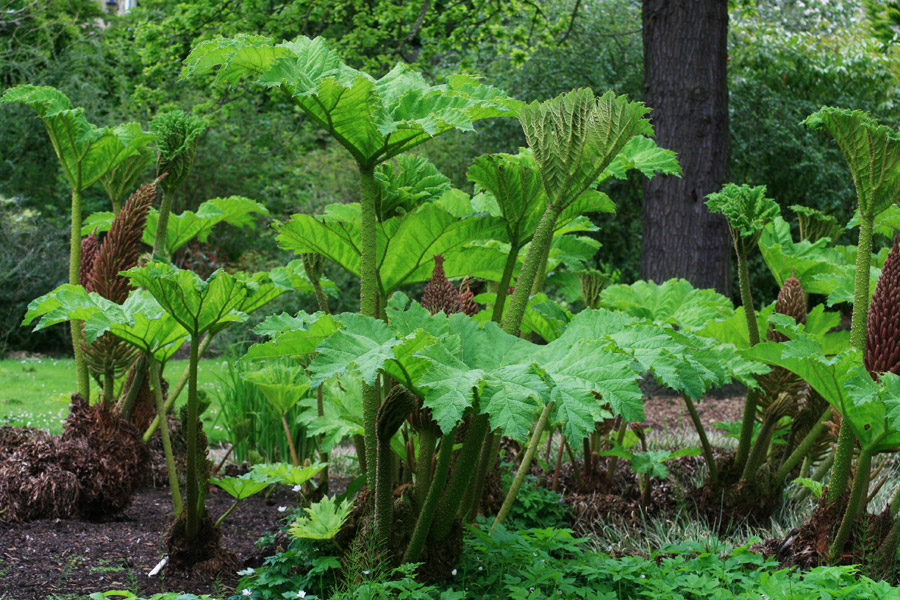
On a much smaller scale were these five-petalled pink flowers. I must apologise now for my lack of flora knowledge!
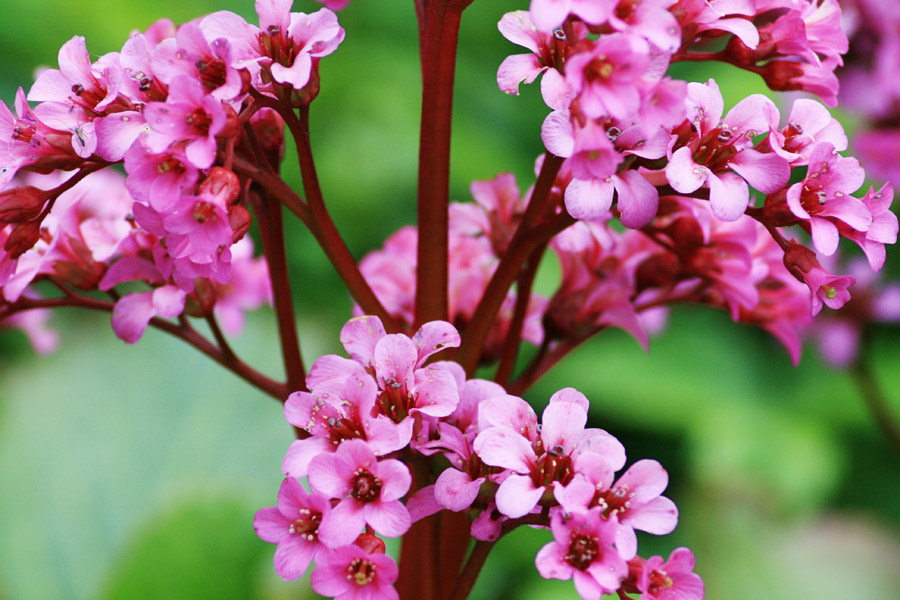
One flower I certainly do know the name of is the daisy, a sure sign that Summer is finally on its way.
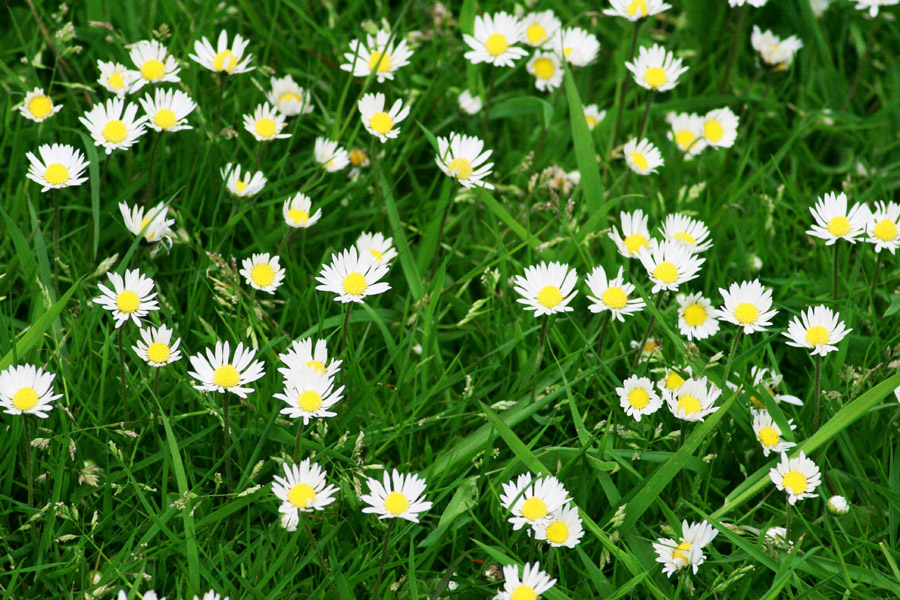
But with these next flowers I’m lost again, all I can say is that they were a luscious deep pink.
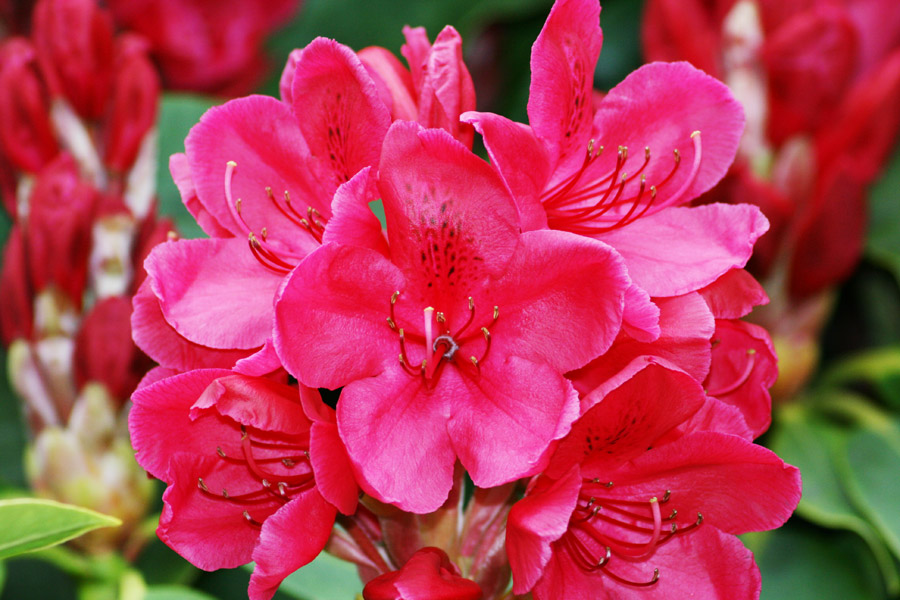
My limited knowledge does extend to the monkey puzzle tree, whose leaves at the tip of the branches create such a pleasing shape.
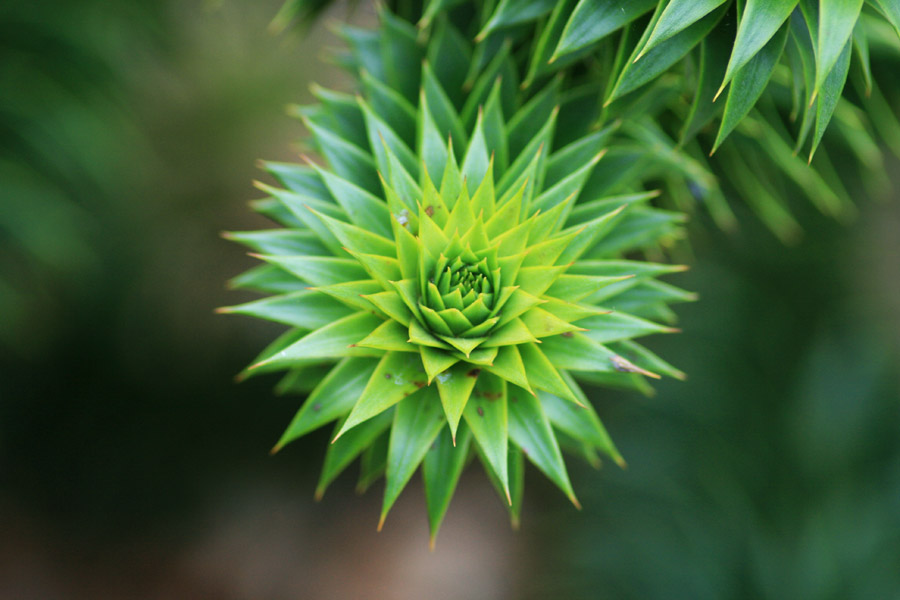
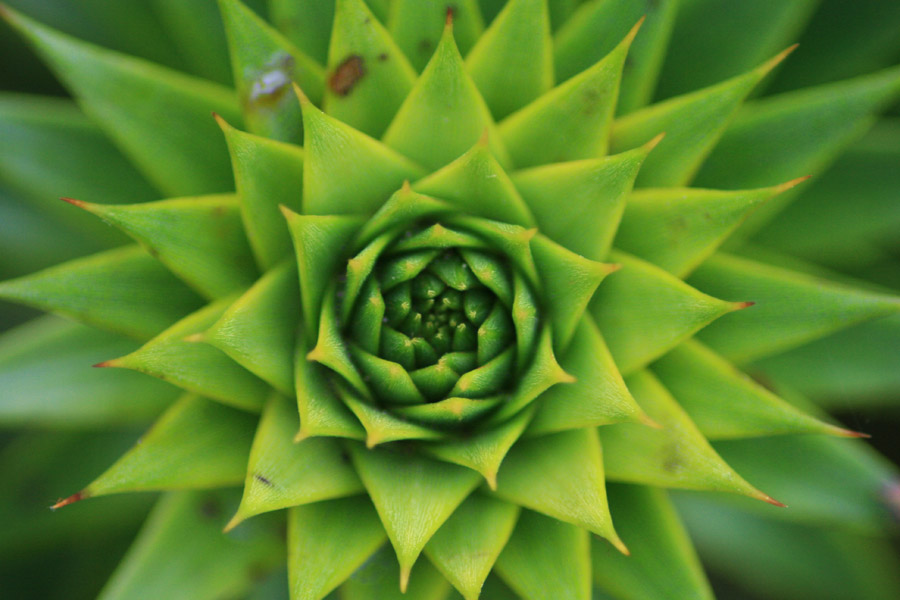
I can also confidently identify these delicate orange star-shaped flowers as Azaleas, as I remember them from my parents’ garden.
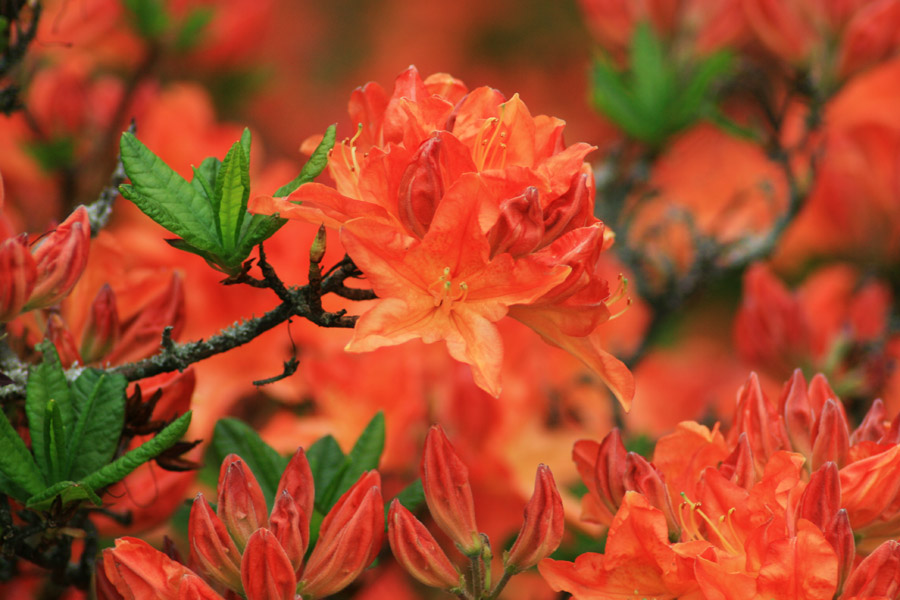
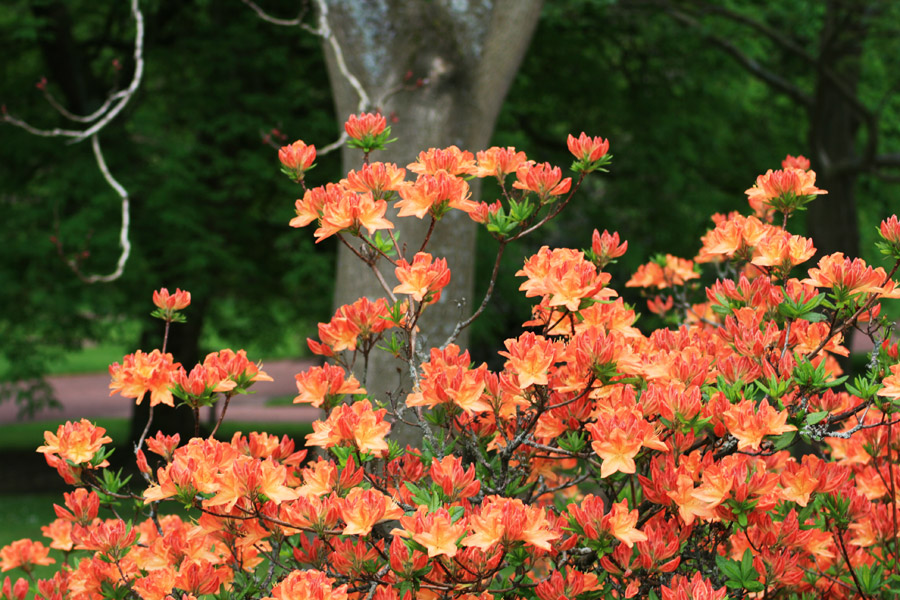
Unfortunately I wasn’t paying attention as to what this bud will unfurl as.
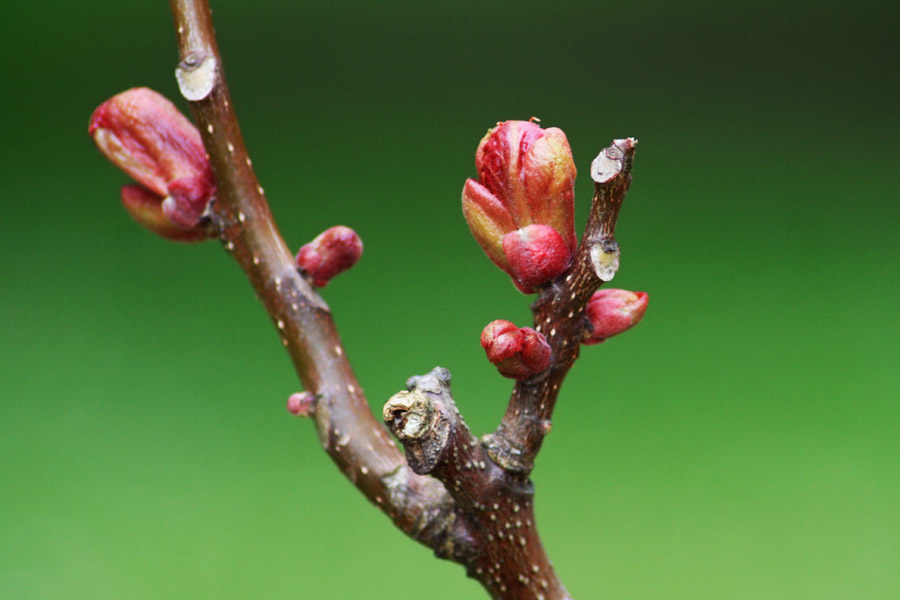
Moving from flora to fauna I’m more in my element, and as usual at the Botanic Gardens there were numerous squirrels running around in search of food.
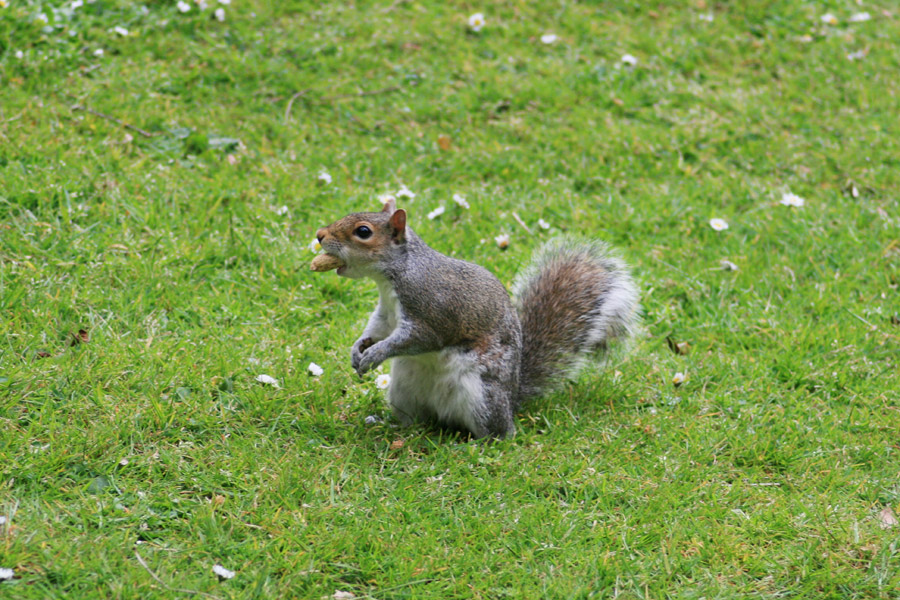
But back with the flowers, I can only describe these as tall stemmed purple flowers.
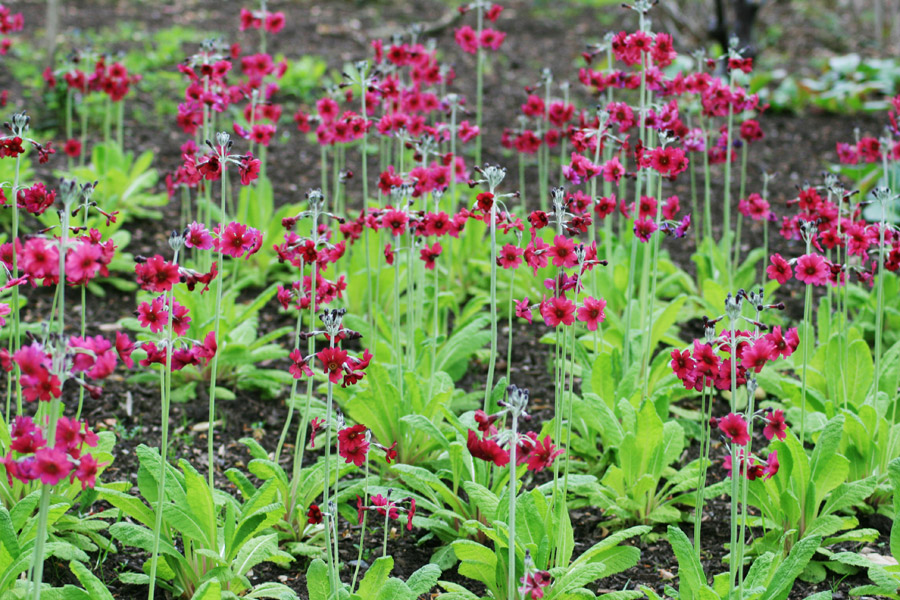
At a couple of points in the Botanics there are streams running through the gardens. This one tumbles down the rocky slopes of the Chinese Hillside.
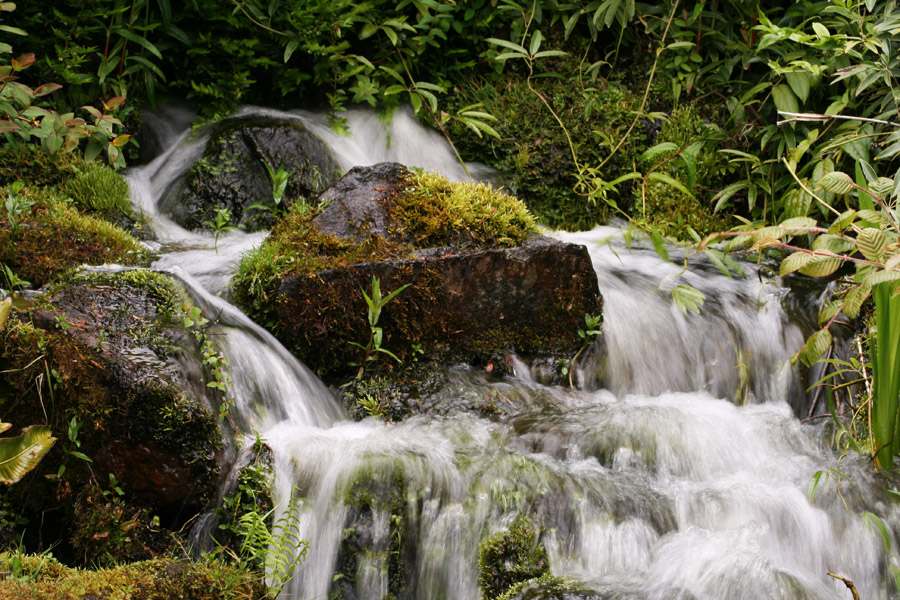
We climbed up to the high point of the gardens, the small hill on which Inverleith House stands. From here there are good views out over Edinburgh, including a view of Edinburgh Castle.
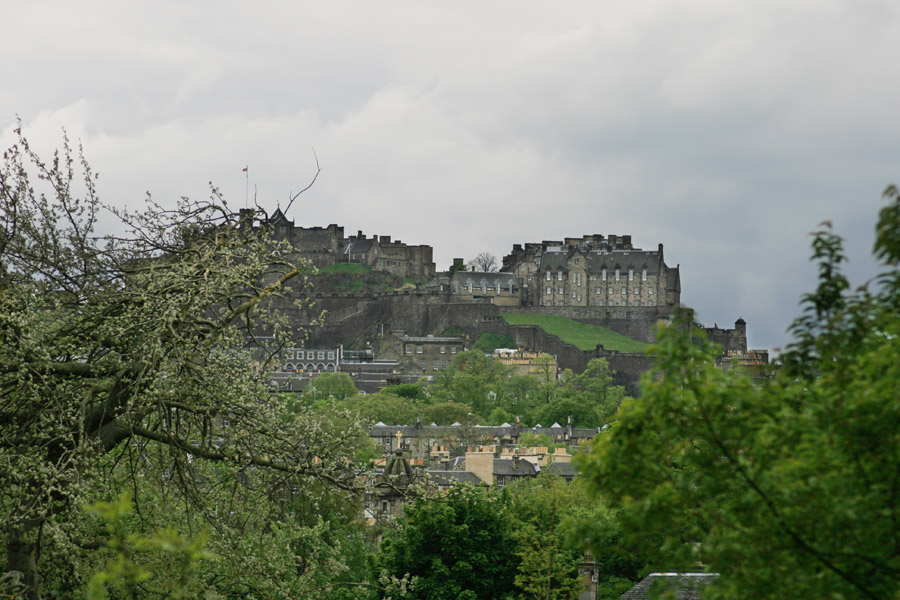
Bluebells are another plant I can identify confidently, and they have sprung up in various places around Edinburgh, quite late this year.
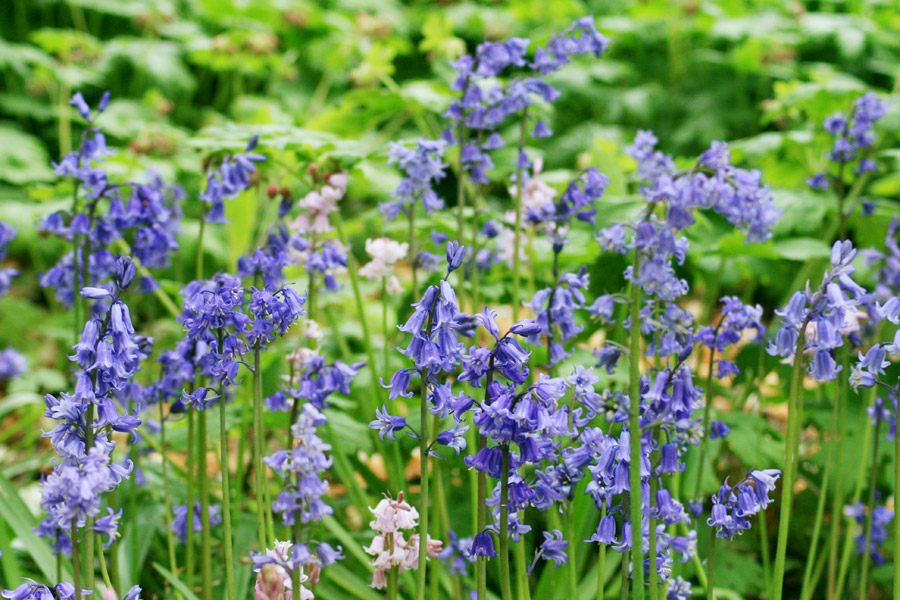
Our walk around the gardens was punctuated by stopping to feed the squirrels that were bold enough to approach is. Which in the Botanics seems to be most of them! It must be one of the best places in Edinburgh to see squirrels.
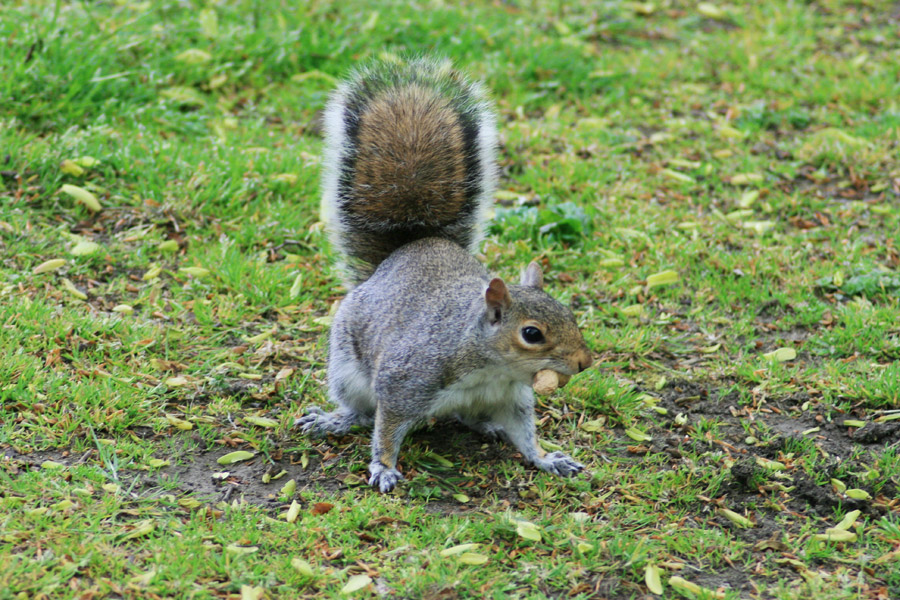
Watching us, and waiting for any tasty morsels left behind by the squirrels, was this robin, perched on a nearby bush.
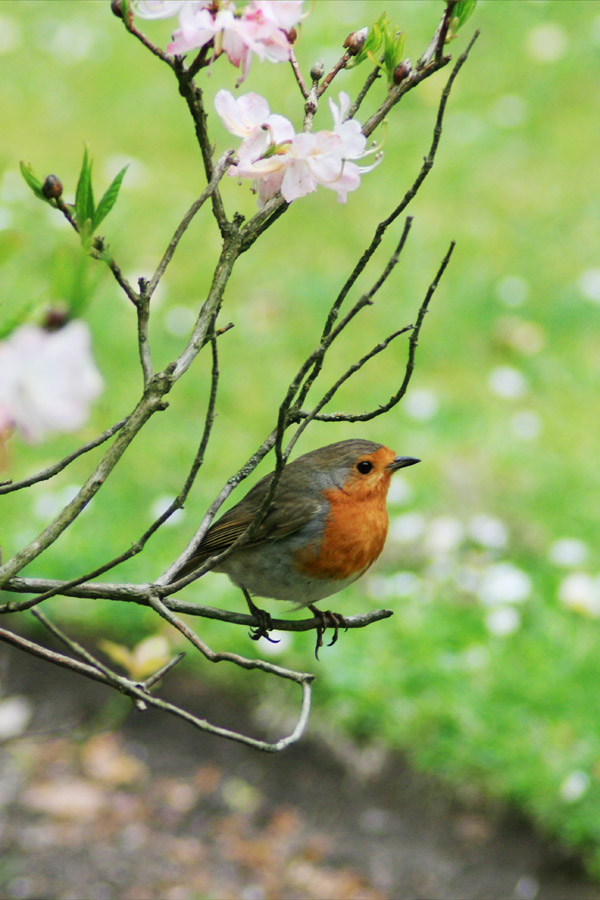
This squirrel seemed more nervous than the others, retreating to a safe vantage point in a Rhododendron.
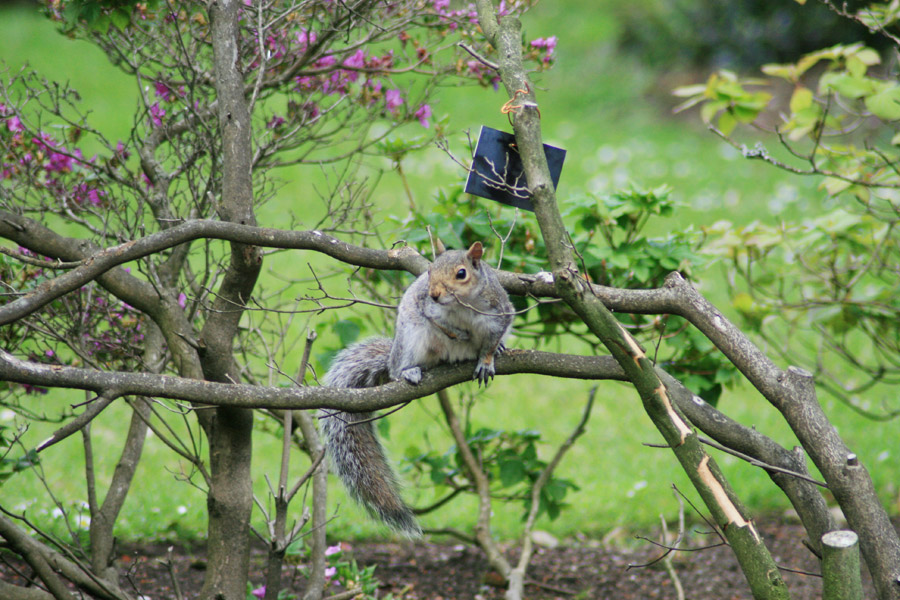
But he soon ventured down to collect a peanut.
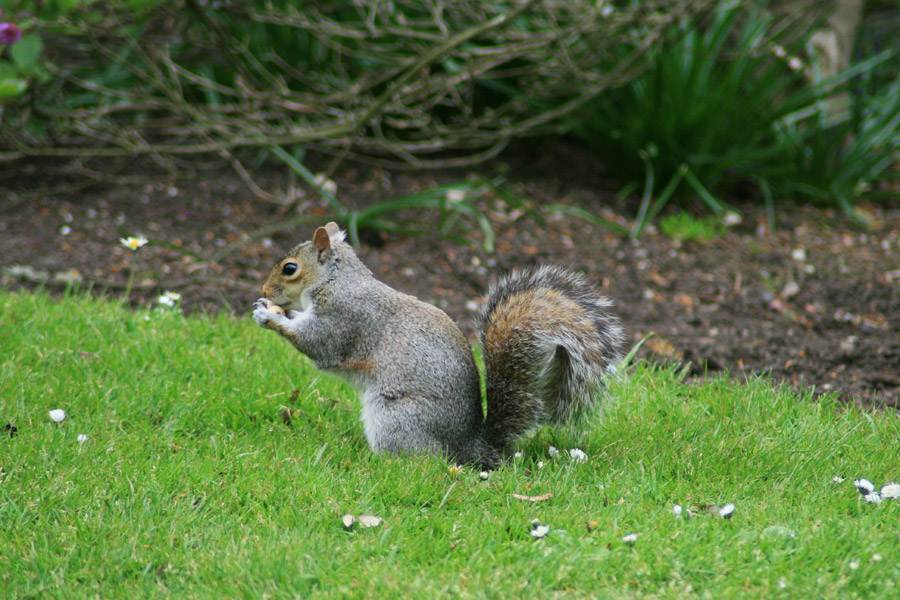
After burying his nut for the Winter, he returned to the Rhododendron.
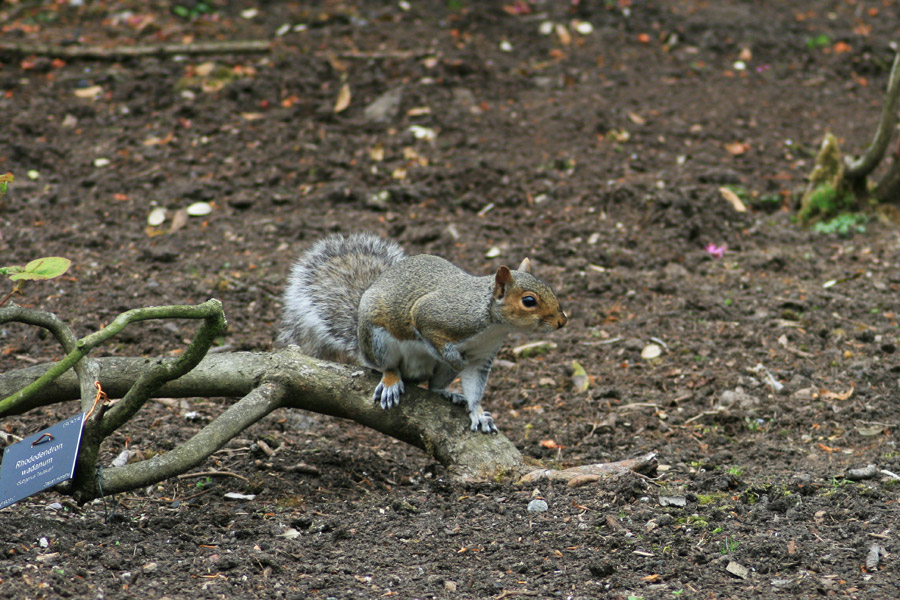
These pinky lilac flowers may be Rhododendrons or Azaleas, but I’m not completely sure.
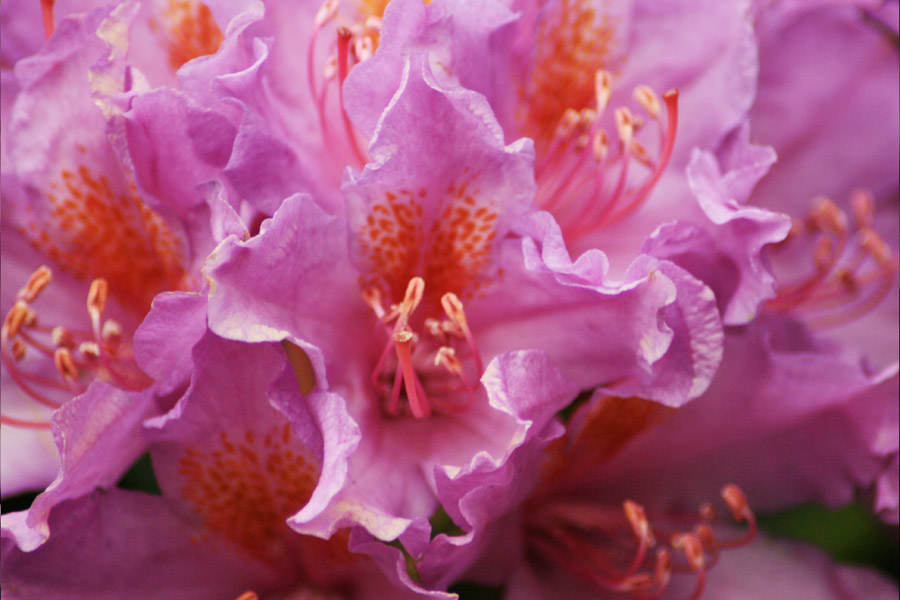
There are so many different routes through and around the Botanic Gardens, it’s almost impossible to walk them all on one visit. As well as the main paths, there are also smaller ones twisting their way through the plants and trees.
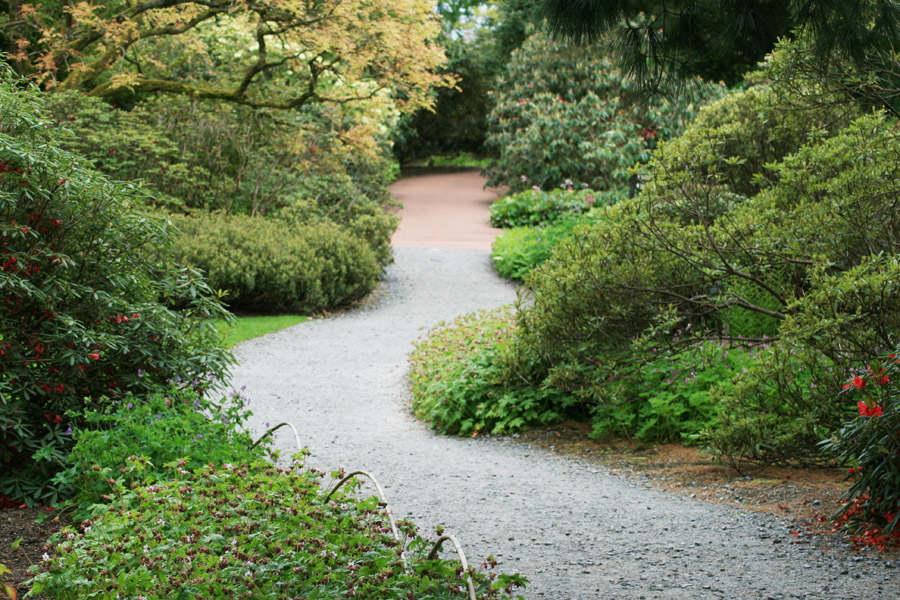
While walking near the glasshouses we heard the noise of chicks screeching high above us, and looking up we could see an almost perfectly-round hole cut in the branch of a large ash tree (I think). After watching for a few minutes, a Great Spotted Woodpecker returned to the nest with its mouth full of flies.
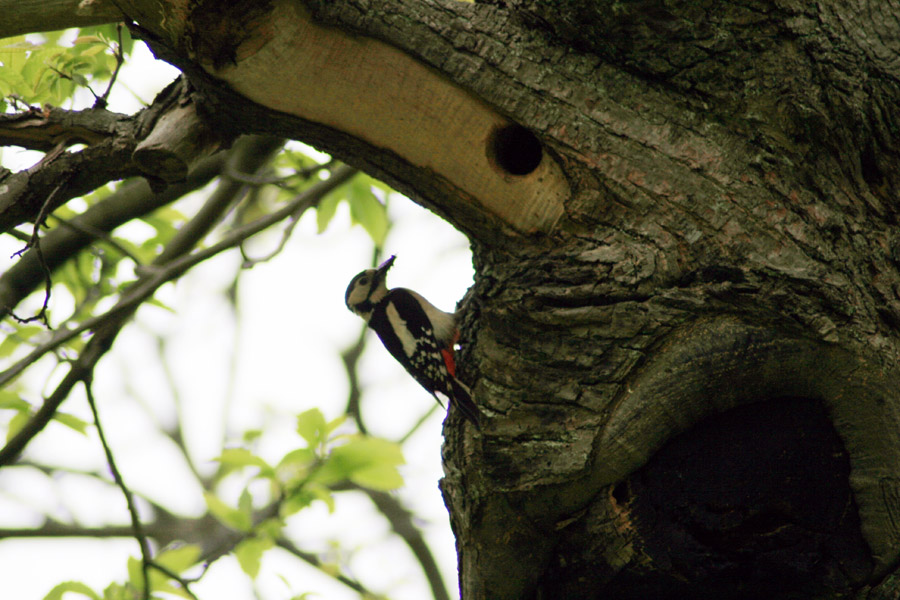
Back on the ground, some ferns were looking particularly photogenic, the tips of their leaves rolled into tight buds.


Heading back towards the East Gate, we stopped to admire the stream which runs down from the pond which we started at earlier.
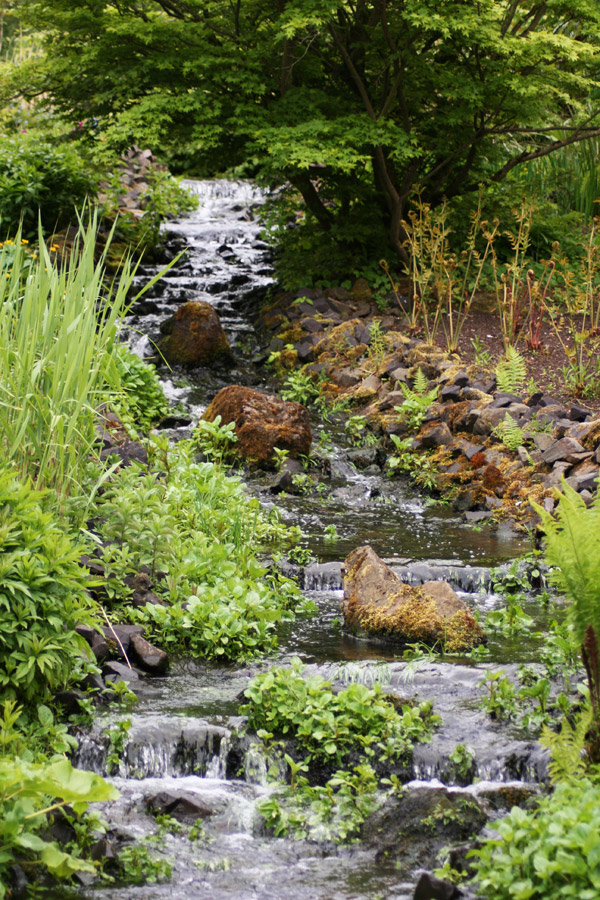
On the way home we stopped to take a photo of a lintel, inconspicuously installed in the wall of the petrol station at Canonmills.
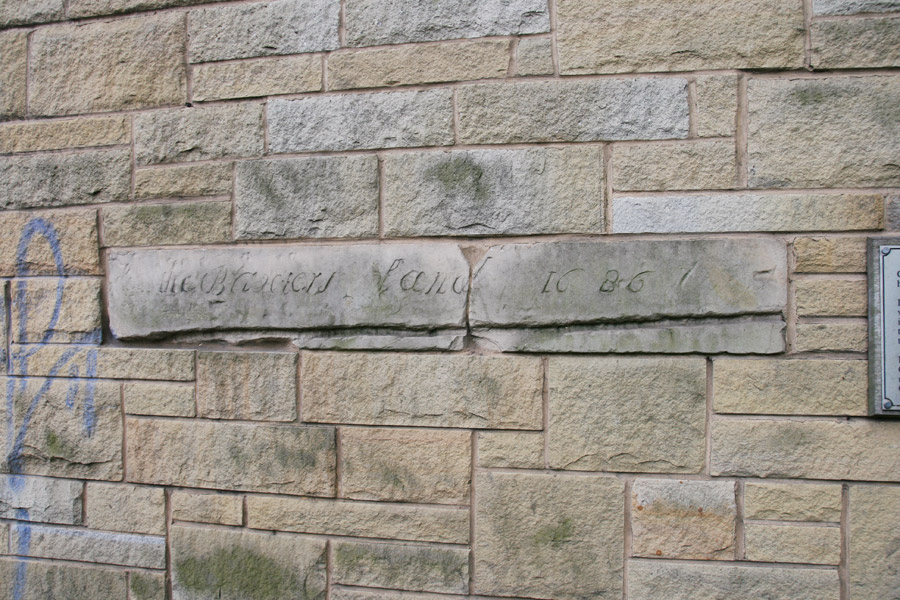
It reads “The Baxters Land 1686” and was found during construction work in 1964 when Canonmills Service Station was englarged. Baxters Land is thought to have been named after the Incorporation of Baxters of Canongate. Canonmills is so called because it was where the Canons of Holyrood Abbey established corn mills in the 12th century.

